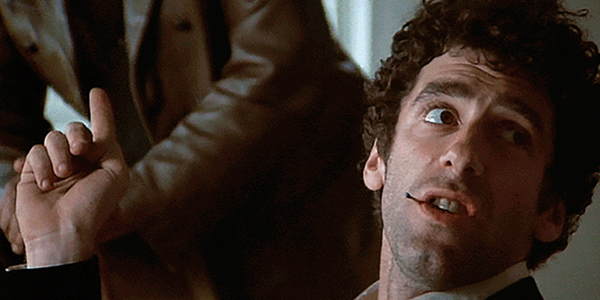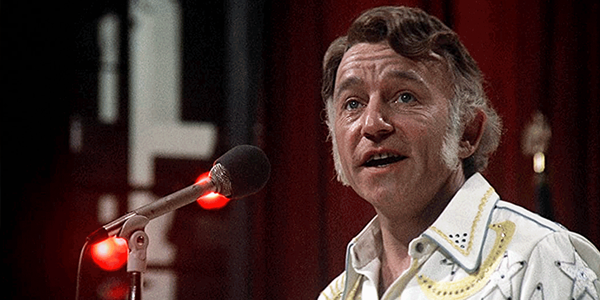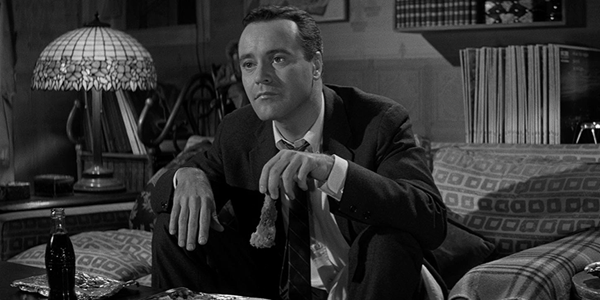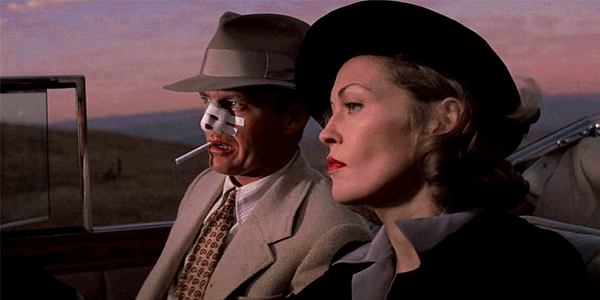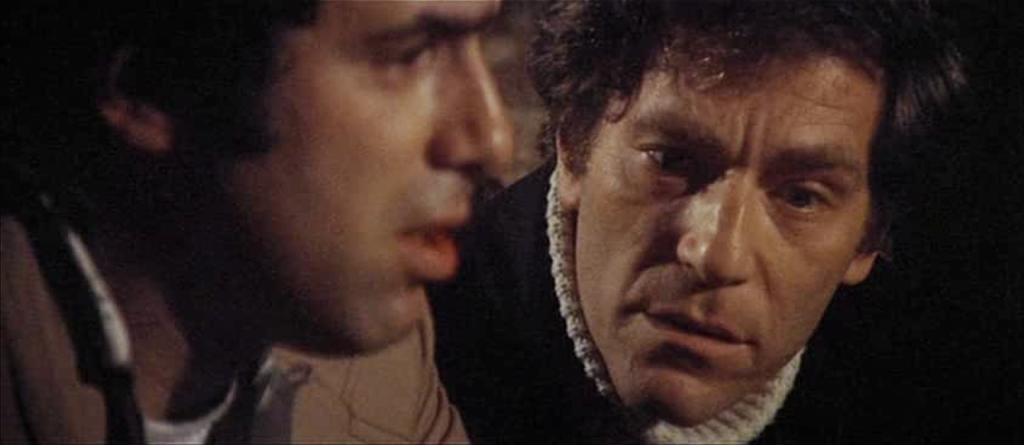
review | California Split
Pretty much Robert Altman’s last uncompromised effort, it can take a while to settle into this movie’s groove but it’s a great ride once you’re there
by Michael Gaughn
May 26, 2022
California Split came right after The Long Goodbye and Thieves Like Us and right before Nashville—in other words, during that period when practically no one knew what to make of Robert Altman anymore and when most people, even during the directionless era of early ‘70s filmmaking, were ready to write him off. This is Altman at his most uncompromising and elliptical—which, with him, were pretty much the same thing—when he was really making his audiences work to keep up with him but was rewarding them well if they rose to the challenge.
Nashville would be kind of a concession to prevailing tastes and would restore some of his luster. But then something went awry and Altman spent the rest of the ‘70s and all of the ‘80s just wandering from one ill-conceived, half-baked and, for the most, not very interesting project to another until he hit on The Player. In a sense, California Split is his last film at his strongest.
You can forget about heroes & villains here—fortunately, the return of that delusional and ultimately oppressive worldview was still three years off at the time. But you can forget about anti-heroes, too. Altman tended to eschew most of the accepted gestures of his era and just did what he wanted to do. If he referenced fads, it was usually to skewer them.
His is some of the most mature filmmaking to ever make it into the mainstream—which isn’t to say it was hugely mature but just more so than the puerile fantasies of most filmmakers. There has always been something fundamentally adolescent about American cinema, going back to its roots, so it’s not too surprising that, since the early ’80s, we’ve seen one wave after another of increasingly more childish directors. The big difference from the past is that we now tend to laud the most emotionally retarded of them as our most serious artists—which is an accurate enough reflection of the state of the culture, but one that ought to scare instead of sustain us, and should send us scrambling back to Square One. It’s not.
The above isn’t the bitter digression it might seem but crucial to understanding Altman’s importance. Looking at his peak from 1970 to 1975 and comparing it to the present really underlines how far we’ve devolved and how much we’ve lost. Yes, the audiences are way bigger now, but they’re also way more stunted, thuggish, almost primal, uninterested in edification but happy to just be manipulated and shocked and placed under the culture’s thumb, deadening their nerve endings along the way.
Altman’s characters are rarely mainly good or bad but are almost inevitably to a great degree compromised, and lost. While that expressed a somewhat elitist view of society, it was also an acute one—a mirror not a lot of people want to look into, but a self examination necessary for achieving any kind of integrity and meaningful self-worth. Not surprisingly, it’s what the broader audience has always disliked most about Altman’s work.
Altman tries everybody’s patience during the first half hour or so of California Split, making you wonder why you should care about Elliot Gould or George Segal—or Ann Prentiss or Gwen Welles. What you pick up on early on is that it’s a film about gambling, that the two male leads are good at it and that they’re bonding but their lives beyond the tables are nothing but a mess. And that ends up being pretty much the whole film. What makes it compelling is Altman incisively capturing the world at that somewhat unsavory and desperate level and then setting Gould and Segal in motion within it while resorting to as few clichés and trendy devices as possible, which helps it all feel like not just another movie.
Early on you get you get the sense, as you often do in Altman, that he doesn’t care that much about the technique. But that always turns out to be the wrong place to go because, just because he’s not flashy in the usual sense doesn’t mean he doesn’t have virtuosic control over his material. The way he develops characters, builds scenes, and creates the overall arc of a film really has no precedent, but it’s all accomplished masterfully and in a way that kind of creeps up on you from behind.
What I saw on Amazon Prime seemed remarkably true to how this film should look. This is another one of those HD offerings, like The Apartment and the other titles I mentioned in my review of that film, that looks exceptionally good on Prime. Nothing really happens to make you aware of the presentation or to suggest it’s in any way distorted or otherwise compromised. It’s perfectly apt to the material at hand. And California Split is a dazzling study in grain, in how it can bring an energy and interest to the frame, a nuance that’s lost when it’s inexcusably damped down or scrubbed away.
But I have to add this footnote to my comments in The Apartment review: Step carefully. While many of the movies on Prime do look way better than they did until recently, there’s tremendous inconsistency from title to title, and a lot of them are lemons. Amazon says Detour is in UHD, but it’s not. It looks just as bad as it did as a public-domain closeout on VHS. The Man with the Golden Arm is unacceptably washed out and fuzzy. So is Tom Waits’ Big Time. And on and on.
The sound in California Split is clean enough but there’s nothing particularly interesting going on there—but it seems like there should since this was the first time Altman used multitracking to capture overlapping or simultaneous dialogue. There’s not a lot of lateral separation when this occurs in the mix, even when the characters speaking are placed some distance apart in the frame, and sometimes the balance just feels off between the voices. This was probably all in the original mix but there were moments that seemed flat-out wrong.
In a world of brain-dead action flicks, of pervasive gun-toting empowered females, of one-dimensional beings running around in their footie pajamas, I realize the audience for Altman is small. But you have to think of it as the equivalent of the monks who kept literacy alive in the Middle Ages, point toward the things that can give us sustenance and hope in a dismal age, and pray that, somehow, this too will pass, with something more enlightened eager to be born on the other side. Altman would have laughed his ass off at the suggestion that California Split should be seen as a beacon of hope, but such is the world we’ve come to create, who we’ve come to be.
Michael Gaughn—The Absolute Sound, The Perfect Vision, Wideband, Stereo Review, Sound & Vision, The Rayva Roundtable, marketing, product design, some theater designs, a couple TV shows, some commercials, and now this.
PICTURE | Another one of those HD offerings that looks exceptionally good on Prime. Nothing really happens to make you aware of the presentation or to suggest it’s in any way distorted or otherwise compromised.
SOUND | The sound is clean enough but there’s nothing particularly interesting going on there—but it seems like there should since this was the first time Altman used multitracking to capture overlapping dialogue
© 2025 Cineluxe LLC


